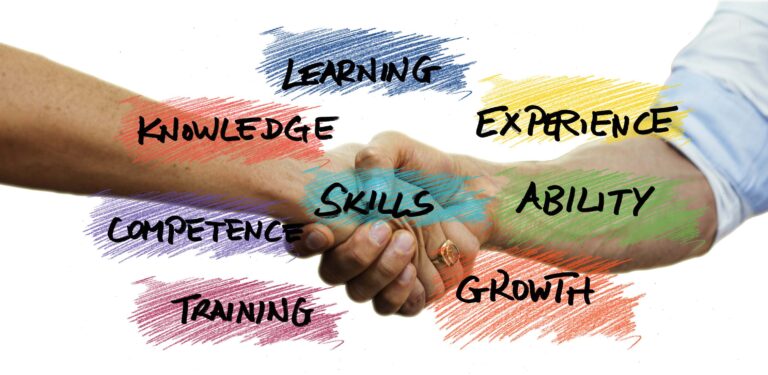- May 8, 2022
- by browne_admin
- Small & medium Business
- 1720 Views
- 0 Comments
“A good coach will make his players see what they can be rather than what they are” goes the popular adage. Every company needs good coaches. Coaches can be internal or external. Coaching and mentoring is often confused to be one and the same. A coach is usually a subject matter expert who engages with a person or group of persons for a specific task. A mentor on the other hand works with the mentee with no specific outcomes but for long term transformational change. Coaching sessions happen in a structured manner with a dedicated amount of time set aside for coaching. Mentoring on the other hand does not have fixed time or agenda. Coaching happens for a specific purpose and done in an official or formal manner as assigned to both the coach and to the people assigned to the coach. Mentoring is more informal and done at a personal level. The purpose of coaching is developing people for a specific task and the timeframe for coaching may end post successful completion of the task. Mentoring happens more from the angle of personal development. It could go on for longer than a year.
Coaching of employees in SME companies is important because of two prime reasons. Given the limited resources and remunerations, if not VC funded, most of the companies have limitations in attracting the top notch resources. Unlike their larger counterparts, SME have unique challenges of growing talent and control attrition. For many SME growing and investing in a loyal employees has more bottom line impact that hiring from market. An employee with long term associations would have imbibed the organizational culture, and hence the transaction costs of bonding, and monitoring as they move to newer roles would be insignificant. Coaching in the context of small and medium companies especially can work wonders in creating star performing leaders and employees. Coaching works in stretching the leadership base in the company and create a pool of second and third level ownership.
Like all organizational interventions, coaching must follow the process of select, sieve, invest, support and disengage stages. In the first stages, SME management select the individuals who show promise not just on technical stuff, but are prepare to the long haul the company is envisaging them in the newer roles. Selection should be based on 360 feedback and psychometric tests to arrive at a smaller set of potential candidates. Rolling out a coaching program must be done with an aim of making it helpful for the participant employees in their practical situations at work. Since a coaching program is task specific it is important that the program tackles all the identified improvement areas is necessary. It is essential to make the coaching program activity based and include role plays, simulations, etc. A coach may come across several instances where an employee performs well during activities like simulations, real life situation cases, etc but when it comes to execution in the actual situation, they may fumble. Their ability to sense and respond may be not be at best in real life situations. This is where the coach must intervene, develop situation specific frameworks the employee can relate too, ask them to maintain a learning dairy so that they could monitor their progress to various stimuli.
Coaching is a process change. A coach has to plan for the initial engagement, winning of trust and acceptance and plan for disengagement. Coach should move from how to stage to when and why of response and stimuli so that the transfer of skills and experience is sustainable and long term impacting. The trust, empathy and personal touch are key factors that play an important role in coaching outcomes. Lastly, both coaches and management must be prepared for less than 100% outcomes and setbacks. Employee attrition, their inability to own and walk the long haul or organizational changes lead to less than expected outcomes. From a SME perspective, investing in a coaching program rather than splurging $$ on generic training programs help in motivating employees, and identify new layers of leadership.
Sindhu Raviraj

